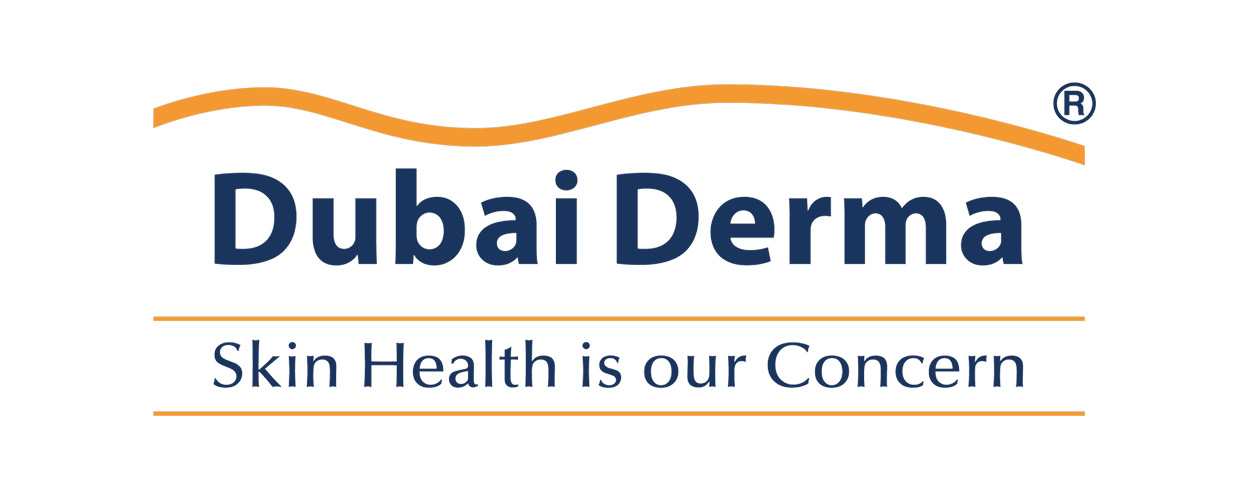VOLTAR
IMCAS World Congress 2025
IMCAS World Congress 2025
Programa
Adaptar ao meu fuso-horário a agenda da aula/congresso transmitida ao vivo
Fuso-horário de referência: (UTC+02:00) Europe, Paris
Controversies in cosmetic dermatology (in collaboration with Dubaiderma)
Sala: Room 143 - Level 1
Data: sexta-feira 31 janeiro 2025 de 14:00 às 15:30
Formato: FOCUS SESSION > lectures covering a major topic of the congress
Data: sexta-feira 31 janeiro 2025 de 14:00 às 15:30
Formato: FOCUS SESSION > lectures covering a major topic of the congress
Apresentações desta sessão
| Horas | Palestrantes | Título da apresentação | Resumo | Número |
| 14:00 | Introduction | 143577 | ||
| 14:10 | Polynucleotides versus HA: Polynucleotides | 144862 | ||
| 14:18 | Polynucleotides versus HA: HA | Visualizar | 144863 | |
| 14:26 | PRP versus skin boosters: PRP | 144864 | ||
| 14:34 | PRP versus skin boosters: Skin boosters | 144865 | ||
| 14:42 | Aspiration versus ultrasound: Ultrasound | 144866 | ||
| 14:50 | Aspiration versus ultrasound: Aspiration | 144867 | ||
| 14:58 | Fillers versus lasers to rejuvenate the skin: Fillers | 144868 | ||
| 15:06 | Fillers versus lasers to rejuvenate the skin: Lasers | 144869 | ||
| 15:14 | Discussion and Q&A | 144870 | ||













